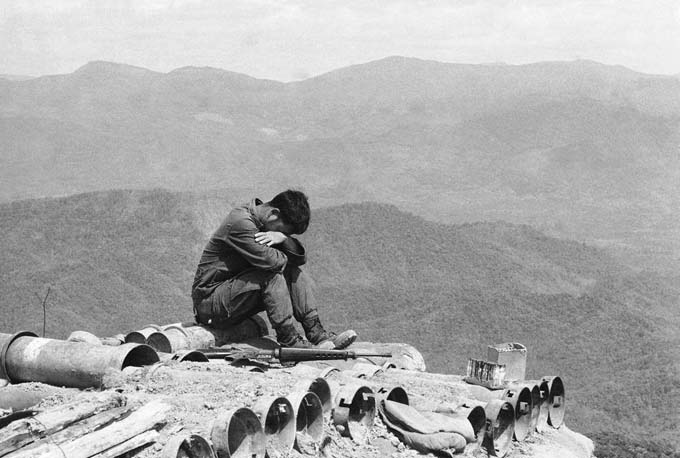
(Picture: internet)
David Lan Pham
I Will Come Back Tomorrow

(Picture: internet)
Translated into English from Ngay Mai Toi Ve, a Vietnamese song composed by Han Chau in 1973.
Han Chau, pen name of Le Dinh Nam, was born in 1947 in Bong Son, Binh Dinh province.
Ngay Mai Toi Ve wasn’t an anti-war song but it was a song of peace hope from the peace lovers in a country ruined by continual wars after WWII.
David Lan Pham, F.A.B.I.
| I Will Come Back Tomorrow English translation from Ngay Mai Toi Ve, a Vietnamese song by Han Chau (1947-) |
Original lyric of Ngày Mai Tôi Về (Hàn Châu 1947 - ) |
|---|---|
I will come back tomorrow, A Giao (1), Cam Lo (2), Southern Laos, Khe Sanh (3), I will thank the existent lovers Tomorrow there will be no longer cannon-balls explosion up in the air |
Mai đây tôi về, Bỏ lại sau lưng những hầm chông, bãi mìn. A Shau, Cam Lộ, Hạ Lào, Khe Sanh, Tôi xin đa tạ những người tình hôm nay Mai đây không còn đạn nổ trên cao, |
Footnotes:
________
Listen to the song “Ngay Mai Tôi Về” – singer Chế Linh
Direct link: https://caidinh.com/Archiefpagina/korteverhalen/iwillcomebacktomorrow.html